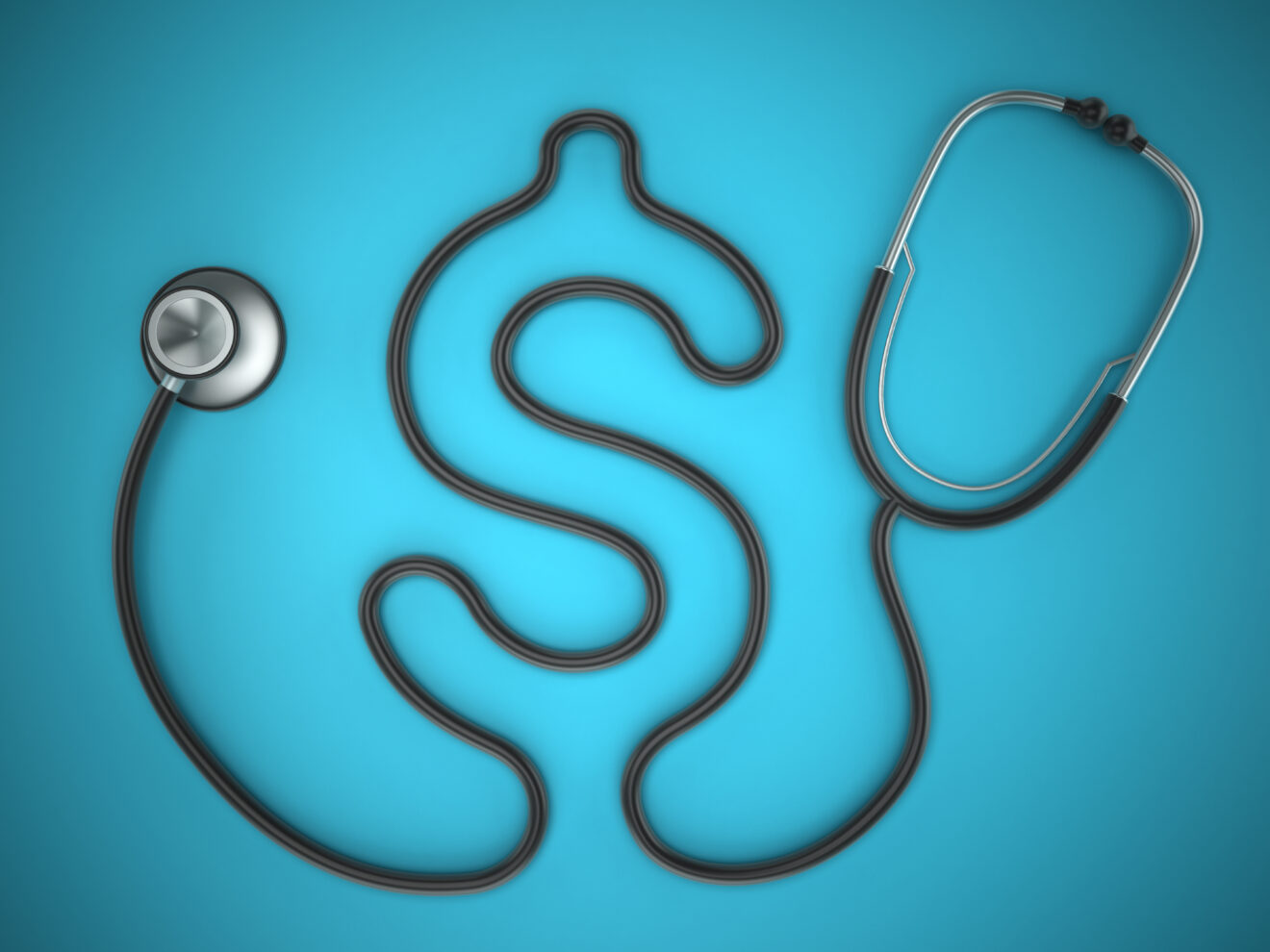The Change Healthcare cybersecurity breach was among the most popular stories across SmartBrief health care and life sciences briefs in March, driving home the point that medical organizations can still be open to hacker attacks — and incur significant costs — in spite of their precautions. Readers also clicked on stories about rising expenditures in health care, from increased Medicare spending on popular weight-loss drugs to the overall burden of care costs on the average American.
Cyberattack highlights system vulnerabilities
What happened: The BlackCat ransomware attack that targeted UnitedHealth Group’s Change Healthcare unit in February resulted in a sprawling backlog of medical claims that surpassed $14 billion by March 22, when the company announced it would restart processing. The incident disrupted claim payment and care authorization activities for physicians and medical facilities, and community health centers serving low-income and uninsured patients were particularly hard-hit. Change processes about half of the nation’s medical claims for physicians, pharmacies, hospitals and laboratories.
The federal government’s Office for Civil Rights launched a protected health information inquiry in March, and director Melanie Fontes Rainer described the attack as being of “unprecedented magnitude.” Also in March, Change announced that it had advanced $2.5 billion in assistance to medical practices that were financially affected, and UnitedHealth gave practitioners extra time to pay back relief funds.
What’s next: Weeks after the BlackCat attack, Change was targeted by another hacker group, RansomHub, which has attempted to extort payment for 4 terabytes’ worth of data it claims to have stolen. The incidents have sparked debate on health organizations’ information security vulnerabilities and how to prevent future attacks.
Americans, lawmakers focus on cost concerns
What happened: Survey research shows that paying for high or unexpected medical bills are among Americans’ most pressing financial worries, and their top priorities include reducing what they must pay out-of-pocket and getting politicians to understand their concerns. Half of US adults said in a poll that they had trouble affording health care bills, and one-quarter said they had a family member grappling with the issue. Ripple effects include delaying and avoiding needed care, which can snowball into serious untreated medical problems.
Even those with health insurance may not be immune to medical cost woes. Nearly half of the surveyed adults with insurance were concerned about affording monthly premiums, and many with employer-sponsored and ACA marketplace coverage expressed dissatisfaction with their out-of-pocket costs.
Survey results also showed that health care debt disproportionately affects Hispanic and Black adults, women, people with children, lower-income individuals and those without insurance.
What’s next: The Biden administration is convening a federal task force aimed at lessening the burden of health care costs. The Strike Force on Unfair and Illegal Pricing includes representatives from the Department of Justice and Federal Trade Commission.
Medicare GLP-1 drug spending soars
What happened: Demand continues to grow for GLP-1 drugs including Ozempic, Wegovy and Mounjaro, and Medicare spending on the medications has risen significantly as a result. Though drugs in this class have received FDA approval for weight management, Medicare doesn’t currently cover them for that purpose, but Part D plans can cover them for other medically necessary indications like cardiovascular risk and diabetes. List prices for the medications are currently hovering around $11,000 per year.
Recent CMS statistics show that gross Medicare spending on the three latest versions of the drugs approved for diabetes and weight loss – Rybelsus, Mounjaro and Ozempic – skyrocketed from $57 million in 2018 to $5.7 billion four years later. In 2022, Ozempic accounted for 2% of all gross spending under Medicare Part D, before rebates.
What’s next: Some patients continue to experience difficulty accessing the drugs due to high demand and ongoing shortages, and spending is likely to rise even higher as Part D now can cover Wegovy for heart health indications. Medicare could earmark some of the medications for price negotiations as early as next year, and negotiated prices could be in place by 2027.
____________________________________
Take advantage of SmartBrief’s FREE email newsletters for health care leaders, which are among the company’s more than 250 industry-focused newsletters.
